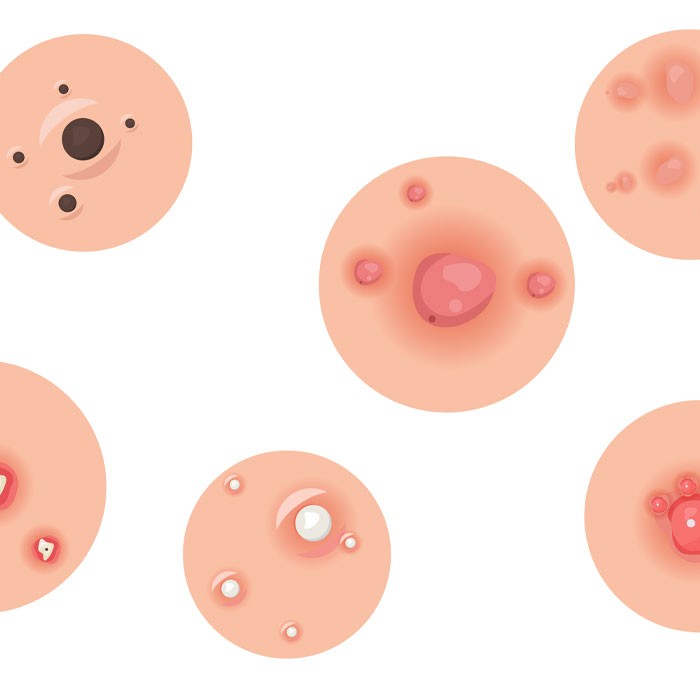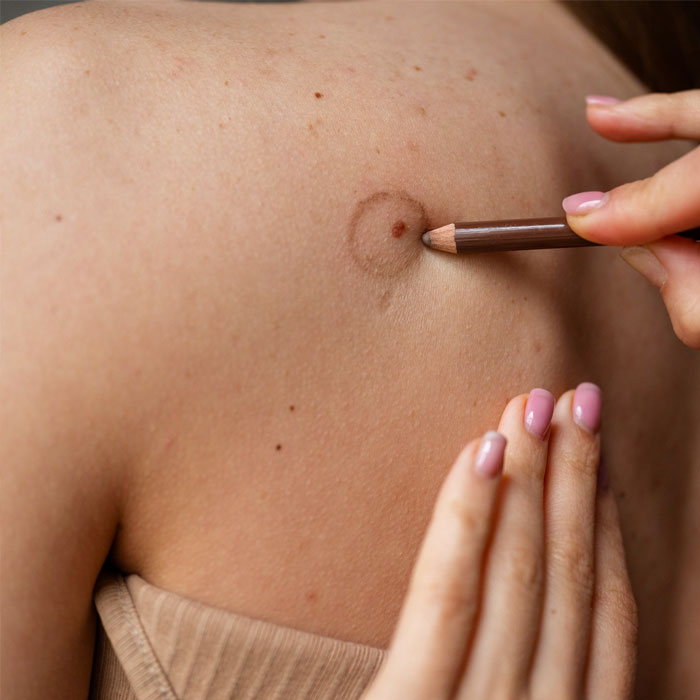40 Einstein St., Ramat Aviv Mall Tower, 3rd floor, Tel Aviv
40 Einstein St., Ramat Aviv Mall Tower, 3rd floor, Tel Aviv
דף הבית » Treatment of Basal Cell Carcinoma (BCC) and Cutaneous Squamous Cell Carcinoma (SCC)
Basal Cell Carcinoma (BCC) and Cutaneous Squamous Cell Carcinoma (SCC) are the most prevalent types of skin cancer. While both BCC and SCC can be treated, the selection of the most appropriate treatment depends on various factors, including the cancer type, size, location, and stage. This article provides an overview of the available treatment options for basal cell carcinoma and cutaneous squamous cell carcinoma.

Surgical Resection: Surgical resection involves the surgical removal of the cancerous lesion along with a margin of healthy tissue. This is the most common treatment for localized BCC and SCC. The excised tissue is sent for pathological examination to ensure complete removal of the tumor. Surgical excision offers high cure rates and can be performed under local anesthesia in a clinic setting.
Mohs Micrographic Surgery: Mohs surgery is a specialized technique used to treat BCC and SCC in areas where tissue preservation and cosmetic results are crucial, particularly the face. During Mohs surgery, the tumor is removed layer by layer, and each layer is examined under a microscope to ensure complete removal while sparing healthy tissue. This technique provides high healing rates and minimizes the loss of normal tissue.
Radiation Therapy: Radiation therapy utilizes high-energy X-rays or other forms of radiation to destroy cancer cells. This treatment is typically reserved for cases where surgical treatment is not feasible or as an adjuvant therapy after surgical resection. Radiation therapy may be recommended for tumors in challenging locations or for patients who are not suitable candidates for surgery. The treatment is usually administered over multiple sessions.
Topical Medications: Certain topical medications, such as imiquimod and 5-fluorouracil (5-FU), can be used to treat superficial BCCs and SCCs. These medications work by stimulating the body’s immune response or interfering with the growth of cancer cells. Topical treatments are usually reserved for small, superficial tumors in low-risk areas.
Cryotherapy: Cryotherapy involves freezing the tumor using liquid nitrogen, which destroys the skin cells. It is commonly used for small, superficial BCCs and low-risk SCCs. Cryotherapy is a simple and relatively cost-effective treatment option, but it may not be suitable for large or aggressive tumors.
Photodynamic Therapy: Photodynamic therapy (PDT) combines the use of a photosensitizing agent and a specific wavelength of light to destroy cancer cells. The photosensitizer is applied to the tumor, and then the area is exposed to light, activating the agent and killing the cancer cells. PDT is primarily used for superficial BCCs and SCCs and can be an effective alternative for patients who cannot undergo surgery or prefer non-invasive treatment.
The treatment of basal cell carcinoma and cutaneous squamous cell carcinoma depends on various factors and must be tailored to each individual case. Surgical excision, Mohs surgery, radiation therapy, topical medications, cryotherapy, and photodynamic therapy are among the available treatment options. The choice of treatment depends on tumor characteristics such as size, location, and stage, as well as the patient’s overall health and preferences.

If you have located a suspicious lesion on the skin, especially if it is unusual, new or recently changed, contact a dermatologist as soon as possible in order to diagnose the lesion and decide on further treatment.
Give us a call or fill in your details and we will get back to you